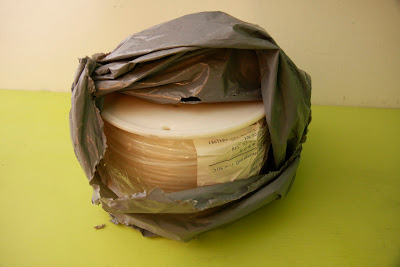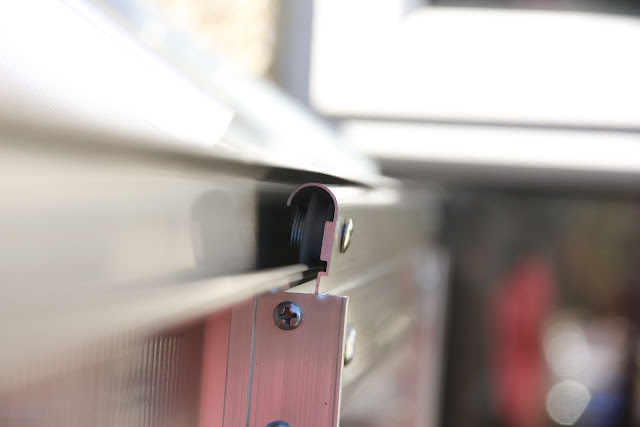What? Printrbot Prep










What worked:
+ Kickstarter. The Printrbot story is quite interesting, as Brook Drum set up a kickstarter campaign to fund an initial run of ~20 3d printers @ $500. but managed to sell over 1500 in 1 month! I actually bought a Printrbot+ 'reward' from a 'backer' (Matt), via the printrbottalk forum, about 3 months after the kickstarter 'funding' round ended, thinking that delivery was just around the corner. That was over 5 months ago, and I've only just received it!
+ Digital calipers from Ebay, £20 inc postage (description was: 'Gemred Large Display 6in 150mm Veriner Calipers with Case'). They appear to be good quality, they feel solid and are all metal. On the downside they have imperial divisions.
+ 880g of loose multi-coloured PLA from Faberdashery, £36 inc postage. (£41/kg!). It measured 2.83-2.91mm across 10 random samples and appears very consistent. It ,might be expensive but the whole package appears very high quality, from the nice box, red tissue paper, ziploc bags and desiccant to the neat cable tying into bundles.
+ 2.3kg of spooled Natural PLA from RepRap Kit, £63 inc postage (£27/kg). It measures 2.81 - 2.9mm across a few measurements of the outer layer of the coil. The spool seams nice but the packaging's not great.+ Digital calipers from Ebay, £20 inc postage (description was: 'Gemred Large Display 6in 150mm Veriner Calipers with Case'). They appear to be good quality, they feel solid and are all metal. On the downside they have imperial divisions.
+ 880g of loose multi-coloured PLA from Faberdashery, £36 inc postage. (£41/kg!). It measured 2.83-2.91mm across 10 random samples and appears very consistent. It ,might be expensive but the whole package appears very high quality, from the nice box, red tissue paper, ziploc bags and desiccant to the neat cable tying into bundles.
+ LED strip from Ebay, £1.40 inc postage (unbelievable price, description was: 'New White 30cm 18 SMD LED Flexible Strip Light Car Van 12V custom lighting' in case the link breaks
+ Power supply from Ebay, £21 inc postage (description was:'12V 30A 360W Switching Power Supply Driver For LED Strip Light Display 220V/110V'. I haven't powered it up yet but the size, price and form suit this project well. Hopefully it's reliable enough.
+ Matt driving an over 4 hour round trip to hand deliver the parcel (taking it out of Parcel Force's unreliable hands) Thanks Matt!
What didn’t:
- Power supply packaging - it arrived damaged but should work ok.
- Printrbot taking 8 months to ship their product, and repeatedly making unrealistic
- Printrbot posting to the incorrect address, leading to:
Check parcel contents, put it together














